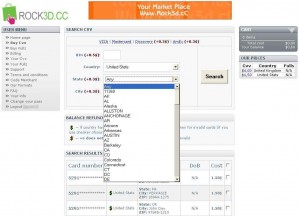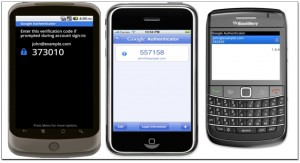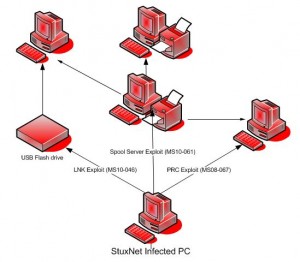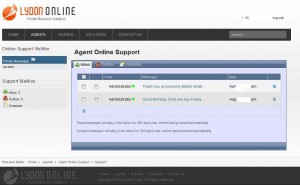 When you’re shopping for stolen credit and debit cards online, there are so many choices these days. A glut of stolen data — combined with innovation and cutthroat competition among vendors — is conspiring to keep prices for stolen account numbers exceptionally low. Even so, many readers probably have no idea that their credit card information is worth only about $1.50 on the black market.
When you’re shopping for stolen credit and debit cards online, there are so many choices these days. A glut of stolen data — combined with innovation and cutthroat competition among vendors — is conspiring to keep prices for stolen account numbers exceptionally low. Even so, many readers probably have no idea that their credit card information is worth only about $1.50 on the black market.
Don’t you just hate it, though, when online stores nickel and dime you to death? I started to get that chintzy vibe when I opened an account at rock3d.cc, one of many sites where one can buy stolen Visa, MasterCard, Discover and Amex card information. The purloined card numbers — no doubt lifted from PCs infected with data-stealing malware like the ZeuS Trojan — fetch $1.50 for U.S. accounts, and $4 (USD) for accounts belonging to U.K. residents.
And for a premium, you can obtain “fullz,” or the card data plus other useful information about cardholders, such as their date of birth, mother’s maiden name, etc.
 The trouble is, the minute you seek to narrow your search using the built-in tools, the site starts adding all these extra convenience fees (sound familiar?). For example, if I wanted to buy a card stolen from anyone around the Washington, D.C. area, it would probably be from a resident of McLean, Va., which is more or less a tony place where there are plenty of well-to-do folk. Anyway, the site found me a card (a MasterCard) belonging to a McLean resident alright, but then the service wanted to tack on an extra $.60 just because I isolated my search by city and state — raising the cost in my shopping cart to $2.10! No way, Jose. Not this bargain shopper.
The trouble is, the minute you seek to narrow your search using the built-in tools, the site starts adding all these extra convenience fees (sound familiar?). For example, if I wanted to buy a card stolen from anyone around the Washington, D.C. area, it would probably be from a resident of McLean, Va., which is more or less a tony place where there are plenty of well-to-do folk. Anyway, the site found me a card (a MasterCard) belonging to a McLean resident alright, but then the service wanted to tack on an extra $.60 just because I isolated my search by city and state — raising the cost in my shopping cart to $2.10! No way, Jose. Not this bargain shopper.
[EPSB]
Have you seen:
Virus Scanners for Virus Authors…The very first entry I posted at Krebs on Security, Virus Scanners for Virus Authors, introduced readers to two services that let virus writers upload their creations to see how well they are detected by numerous commercial anti-virus scanners. In this follow-up post, I take you inside of a pair of similar services that allow customers to periodically scan a malware sample and receive alerts via instant message or e-mail when a new anti-virus product begins to detect the submission as malicious.
[/EPSB]











